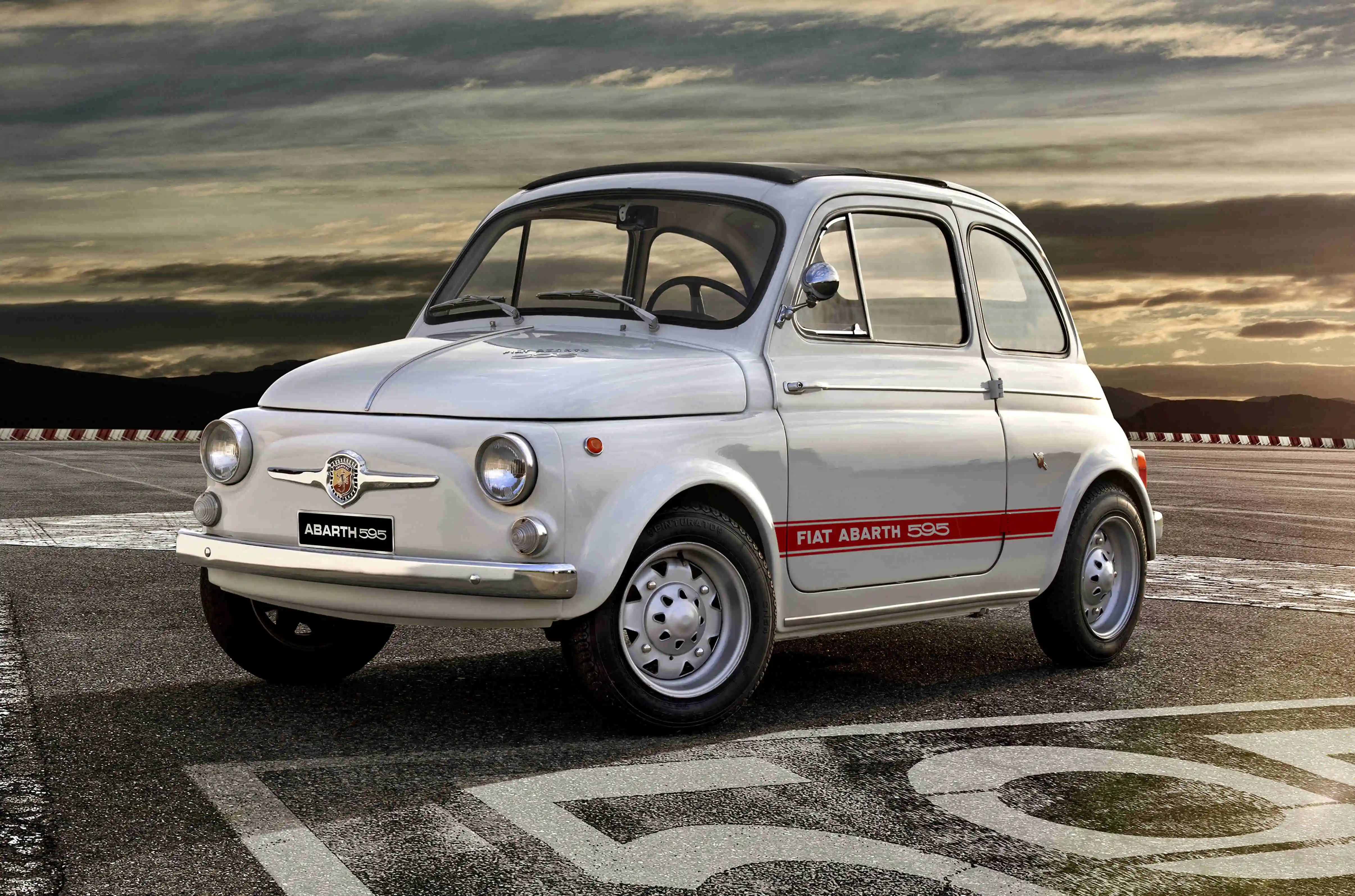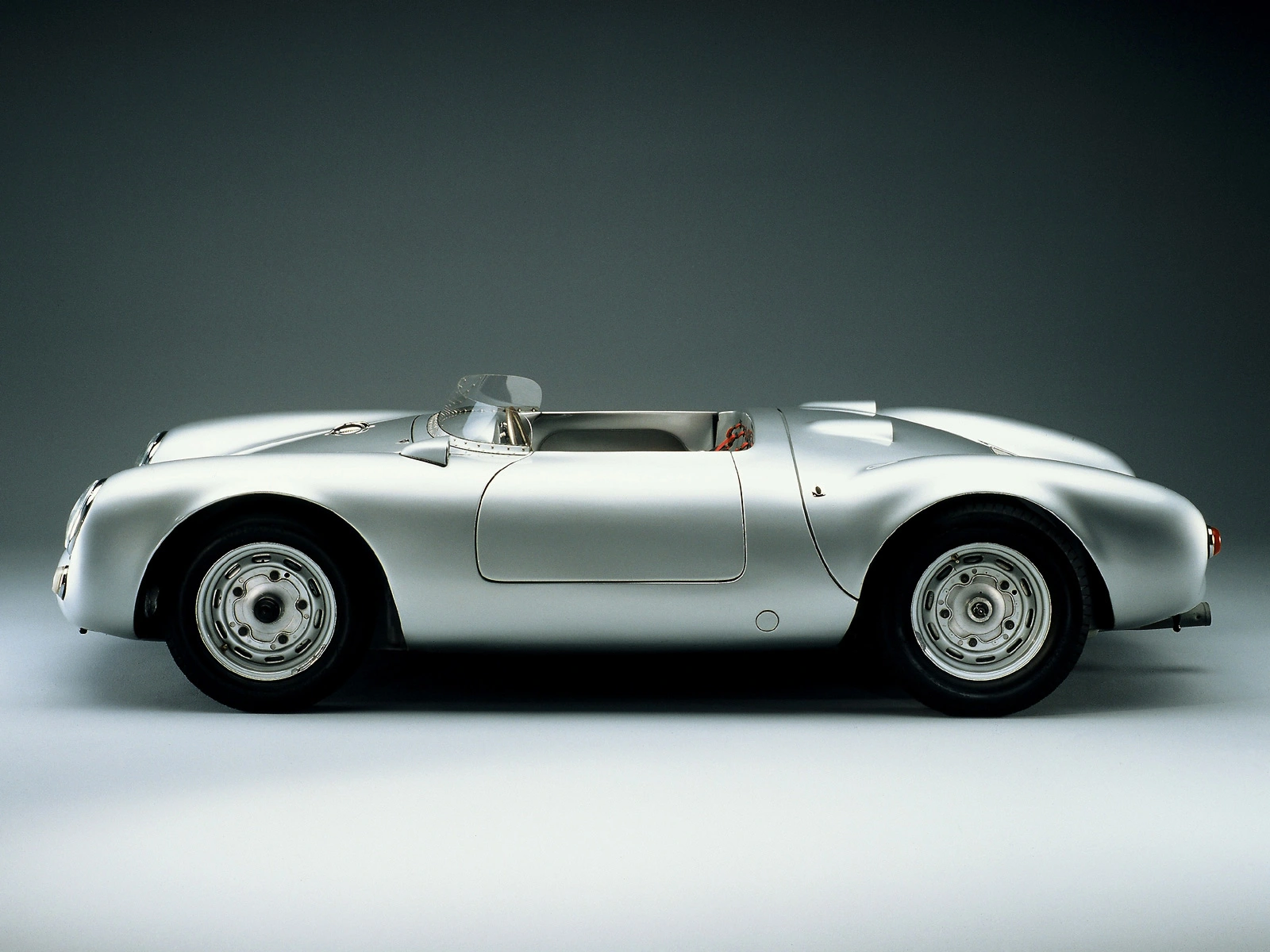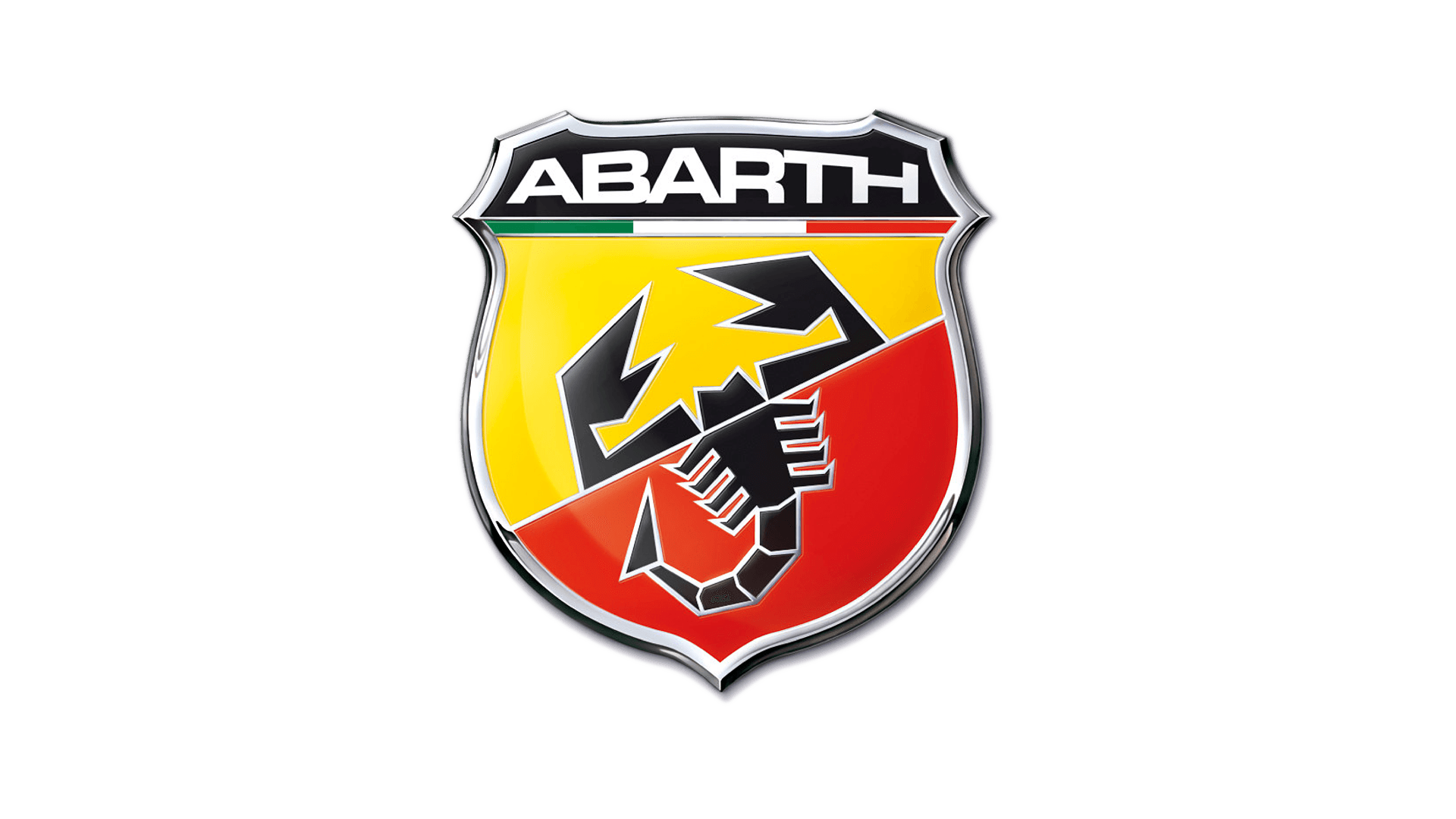Abarth 595. The little pest
23 December 2023 2 min read 5 images

Photo credit: FCA Heritage, Stellantis, Wannenes
Who. Carlo Abarth, born in Austria but relocated to Italy, was already known in 1957 as a constructor of sports cars based on Fiat models with special bodies, and for his modifications on the Fiat 600. For him, the arrival of the small Fiat 500 was a golden opportunity to apply his unique touch to this promising, budget-friendly new model.
Register to unlock this article
Signing up is free and gives you access to hundreds of articles and additional benefits. See what’s included in your free membership. See what's included in your free membership.
Already have an account? Log In




